Cinema
Allowing for a certain digression, it could be said that the documentary is divided into two separate moments that form part of the narrative flow: the first focuses on the Pope’s gestures, words and journeys; moreover, we see a connection of words and a direct gaze towards the viewer, encompassing 5 years of pontificate. Notably, a narrative gaze expressed with black-and-white footage from Assisi, fruit of Wenders’ creativity, conveys the director’s intention to highlight the figure of the Saint of Assisi, Francis, after whom Pope Bergoglio took his name as a programmatic act of his Pontificate: to be poor among the poor, a builder of dialogue and peace among the peoples

Many have asked me why I thought of Wenders as the director of this documentary “with” and “on” Pope Francis. I could have answered by referring to his long filmography or his many awards, but the answer is simply linked to his “angels.” I saw Wenders’ movies – his visual poetry – as a young man, in the seminary, and I was impressed by the angels in “Wings of Desire” (1987). Those angels, so distant from devotional approaches, enveloped in the poetry of Dante and Rilke, are like beams of light, light and movement, like cinema (on several occasions I proposed angels as patrons of the Art week… and I continue to insist!) Angels travel back and forth from man’s heart, often scarred by wounds and worries, to the ear of God, to whom they murmur implorations and intercessions. Wenders’ gaze, that is both profound and light, has been ingrained within me for many years. That’s why I thought of him for a film with Pope Bergoglio. So in 2015 the adventure began. Having garnered the interest of Wenders and of Pope Francis it was a question of finding the producers. The project came into being thanks to Samanta Gandolfi Branca, Alessandro Lo Monaco, Andrea Gambetta. Even movie director Win Wenders and co-screenwriter David Rosier joined in as producers, convinced of the strength of the project.
 Filming began in 2016, organized in four sessions with the Pope, the last one in August 2017. We filmed eight hours of footage with Pope Francis – a total of 20 hours considering the various video-cameras –plus 6 hours in Assisi, with a Twenties hand camera, following Wenders’ narrative-stylistic suggestion.
Filming began in 2016, organized in four sessions with the Pope, the last one in August 2017. We filmed eight hours of footage with Pope Francis – a total of 20 hours considering the various video-cameras –plus 6 hours in Assisi, with a Twenties hand camera, following Wenders’ narrative-stylistic suggestion.
Every time we started filming, we confidently relied completely on his inspiration and vision. In fact the agreement envisaged total, unlimited artistic freedom.Thus we saw the film (96 minutes-long) only once the editing had been completed.
When we started filming, the first problem involved language. Wenders doesn’t speak Italian, but he understands it. In addition to German, he is well-versed in Spanish, and so he decided to communicate with Pope Bergoglio in his mother tongue.
The first meeting (and the first location) occurred in what in the Vatican is known as the “Fungo”, located between Santa Marta and Paul VI Hall. As we arrived with Pope Francis we noticed that Wenders was walking with crutches, recovering from minor surgery. The Pope hastened his pace towards him extending his hand: “I know you! You are a great artist!”. It was a very emotional experience for Wenders and for the whole crew, gradually giving way to the simplicity of relations.
 I recall a snapshot from the set. In August 2017 the expected location was near Torre San Giovanni, in the Vatican Gardens. As known, the atmosphere in August is more relaxed, and many people enjoy a period of rest from work. So in order not to disturb anyone, the Pope, without a driver, entered my small “Fiat Panda” to reach the set. Once arrived, the Pope greeted all those present, from the director to the cameramen, the sound technicians, etc.
I recall a snapshot from the set. In August 2017 the expected location was near Torre San Giovanni, in the Vatican Gardens. As known, the atmosphere in August is more relaxed, and many people enjoy a period of rest from work. So in order not to disturb anyone, the Pope, without a driver, entered my small “Fiat Panda” to reach the set. Once arrived, the Pope greeted all those present, from the director to the cameramen, the sound technicians, etc.
It was a veritable Multilanguage team, an intercultural community.
The passion for what was being created transformed that moment into a small Pentecost: everyone understood each other regardless of their origins.
We started filming. At a certain point a gust of wind blew the Pope’s cloak over his face, in the guise of a scarf. At the first stop, I said: “The wind moved everything…”. The Pope replied: “Don Dario, that’s life! We are living people, we are not statues in a museum.” After a glass of water we resumed filming. Only a few seconds had passed and this time not the wind but a group of small green parrots started to chirp, making a lot of noise. At the end of the take I went up to the Pope: “Holy Father, it’s life! I learnt the lesson.”
 The film, to be released in cinemas on October 4, the Feast Day of Saint Francis, after having toured the United States, Canada, and a large part of Western Europe, is an intense, embracing and condensed story.
The film, to be released in cinemas on October 4, the Feast Day of Saint Francis, after having toured the United States, Canada, and a large part of Western Europe, is an intense, embracing and condensed story.
Allowing for a certain digression, it could be said that the documentary is divided into two separate moments that form part of the narrative flow: the first focuses on the Pope’s gestures, words and journeys; moreover, we see a connection of words and a direct gaze to the viewer, encompassing 5 years of pontificate. Notably, a narrative gaze expressed with black-and-white footage from Assisi, fruit of Wenders’ creativity, conveys the director’s intention to highlight the figure of the Saint of Assisi, Francis, after whom Pope Bergoglio took his name as a programmatic act of his Pontificate: to be poor among the poor, a builder of dialogue and peace among the peoples.